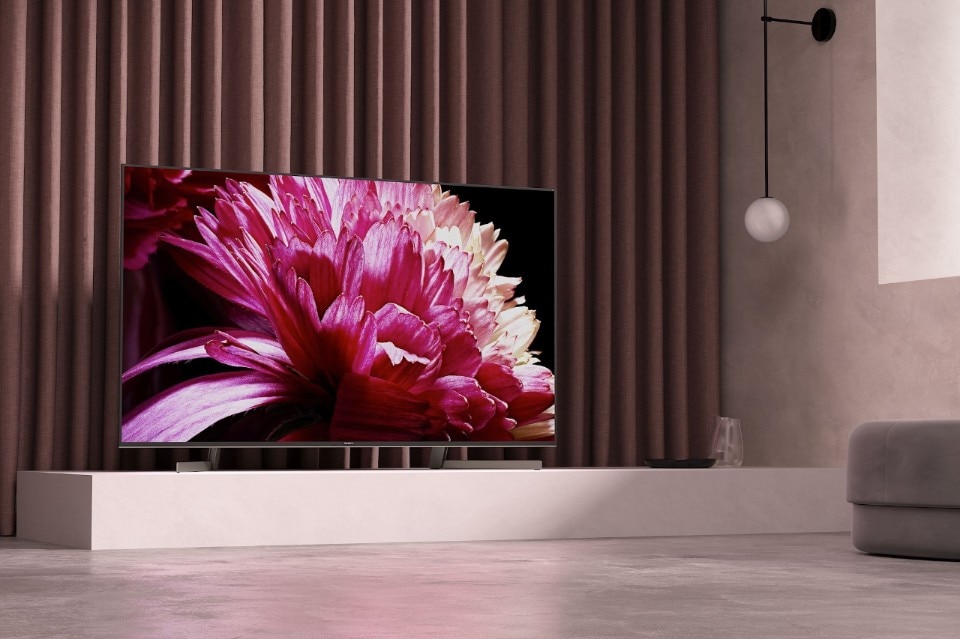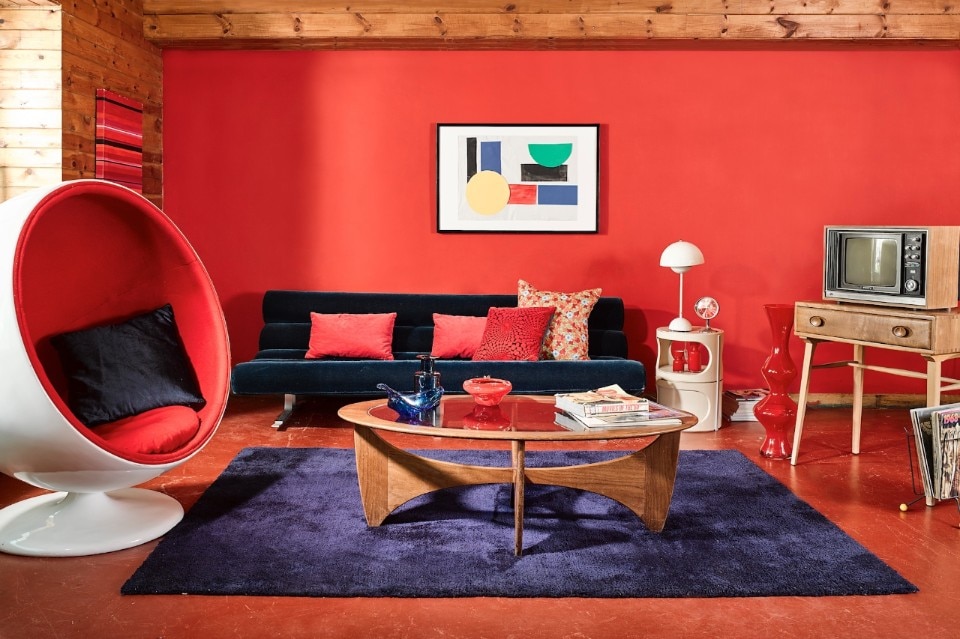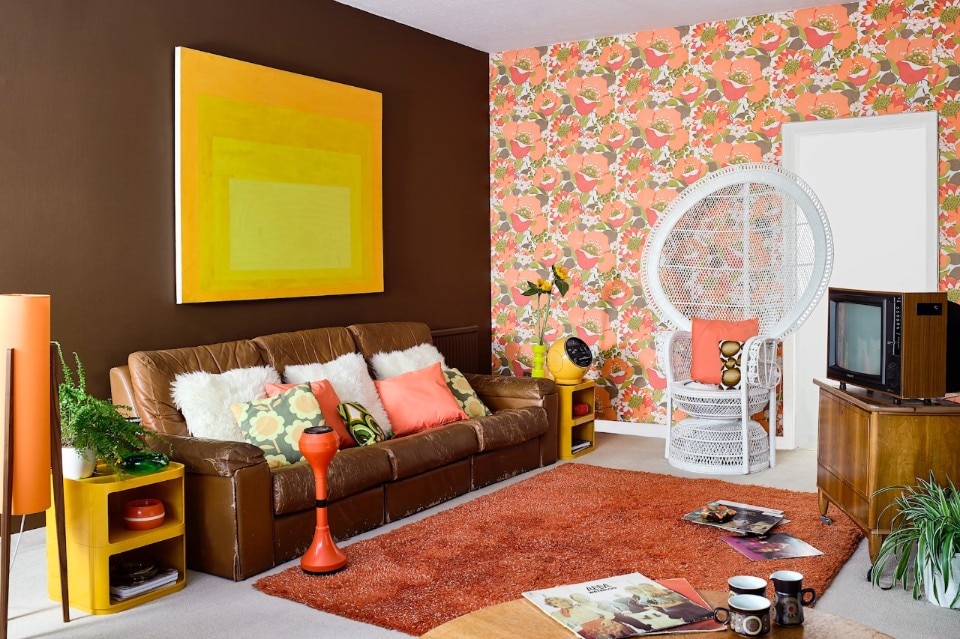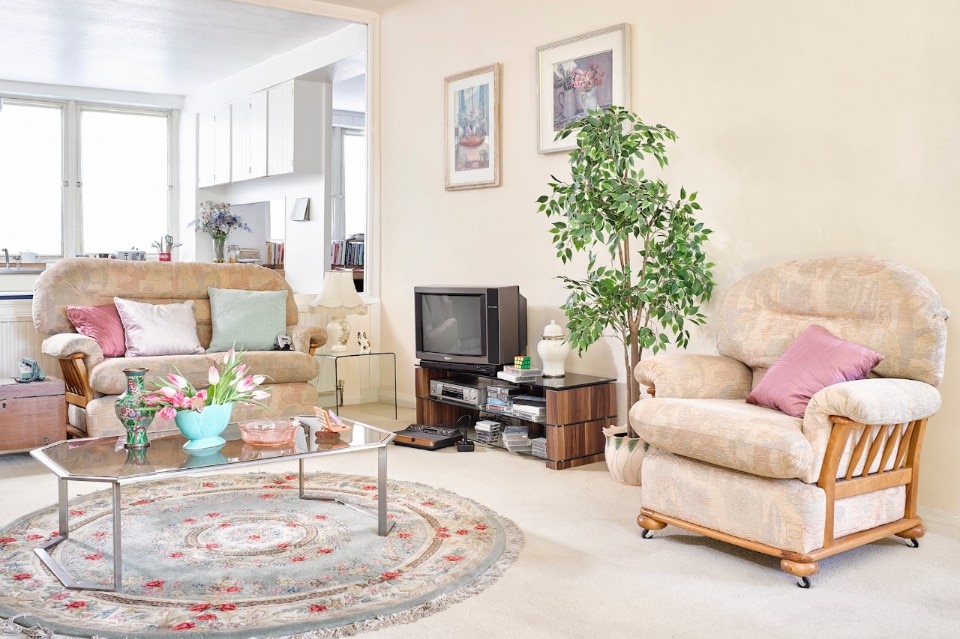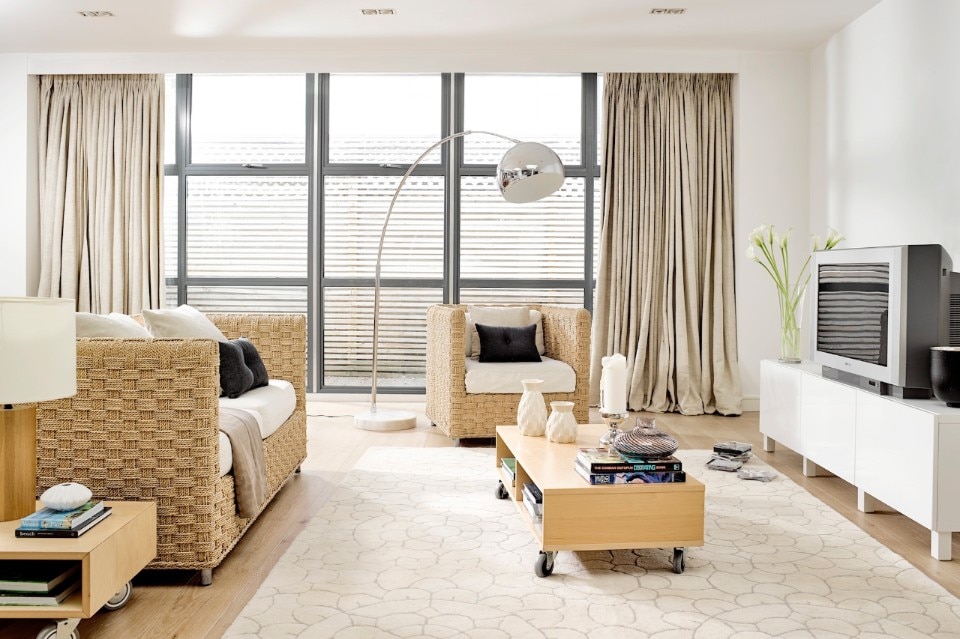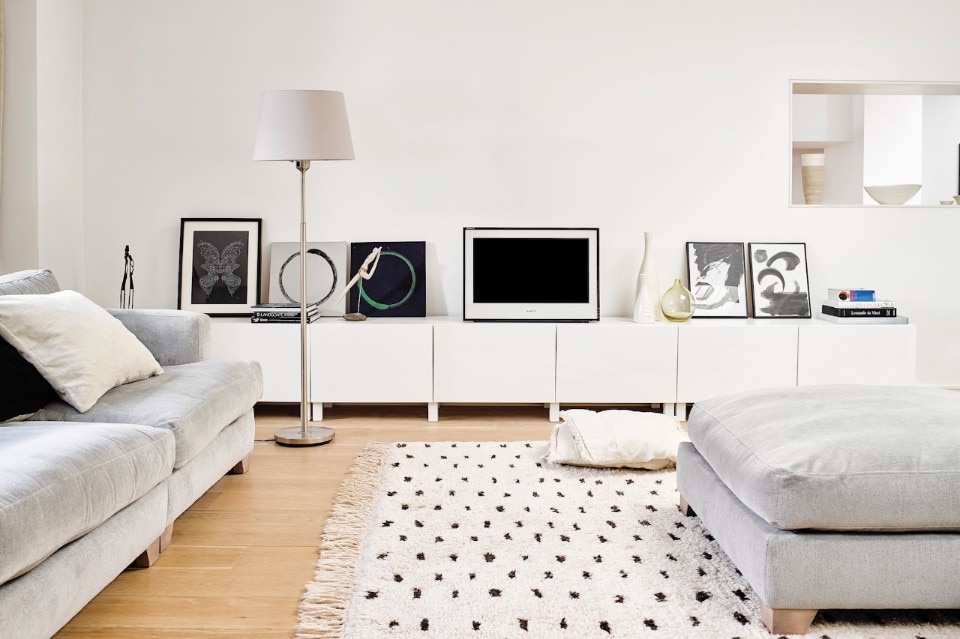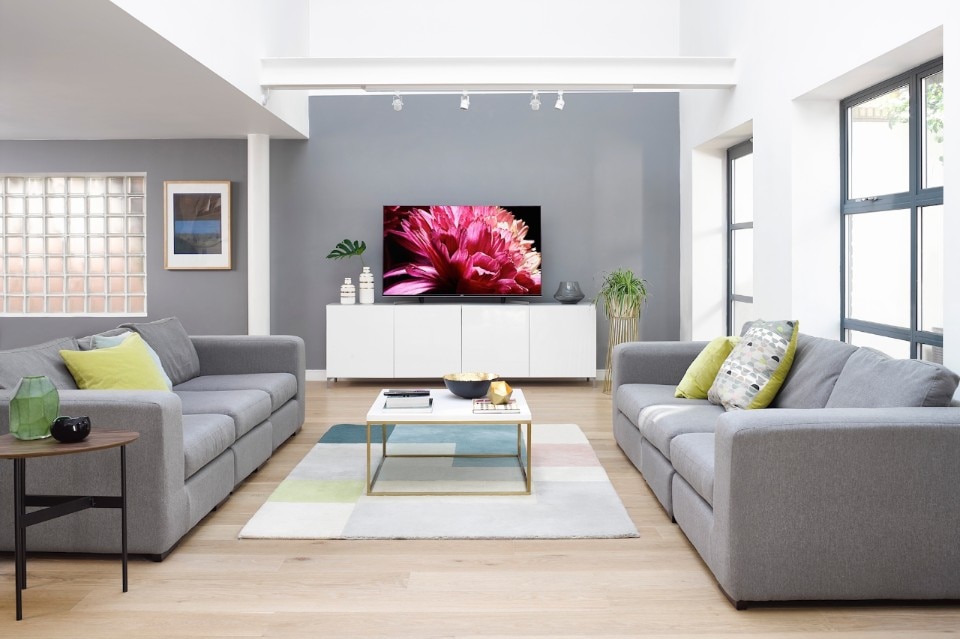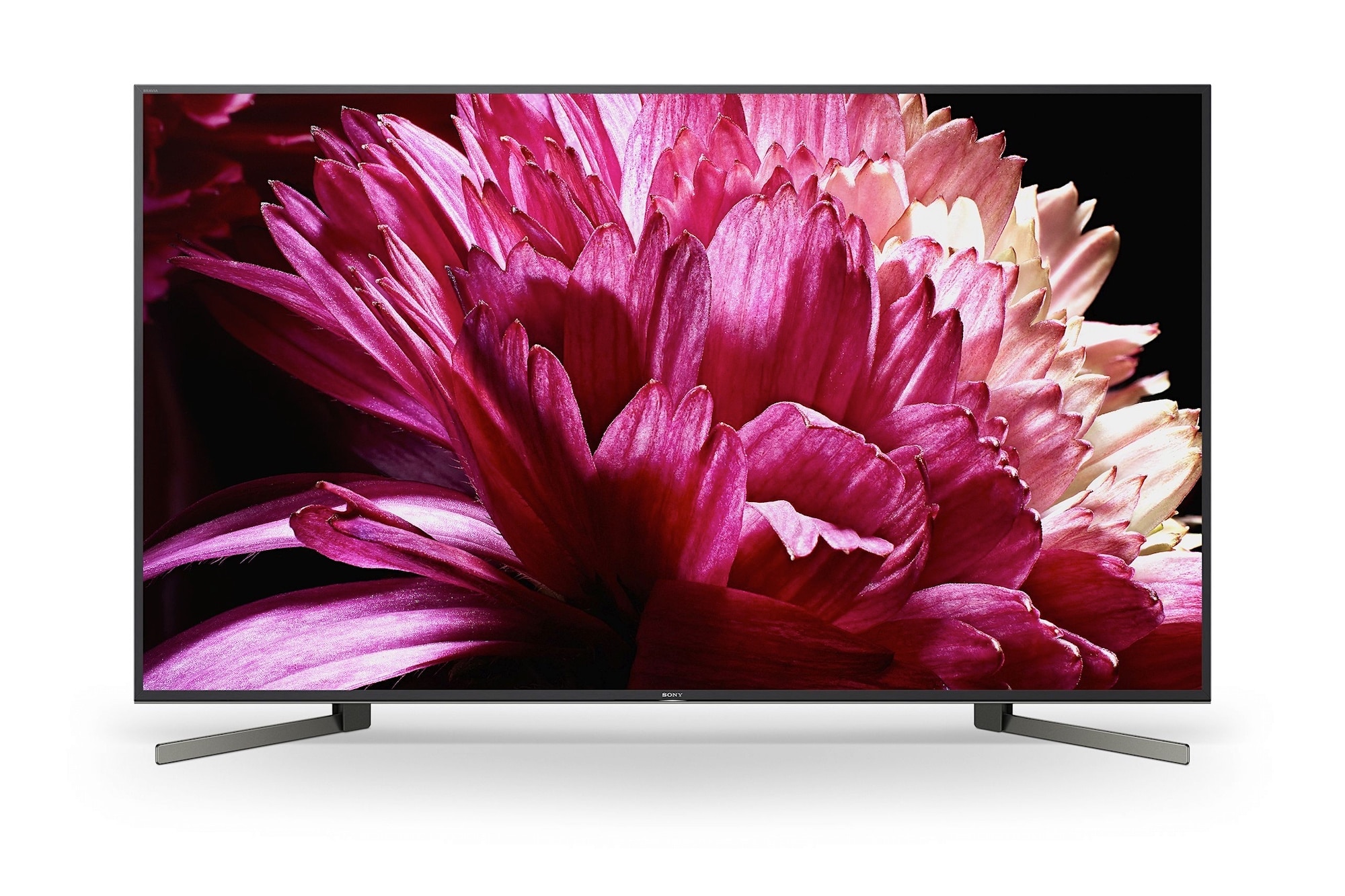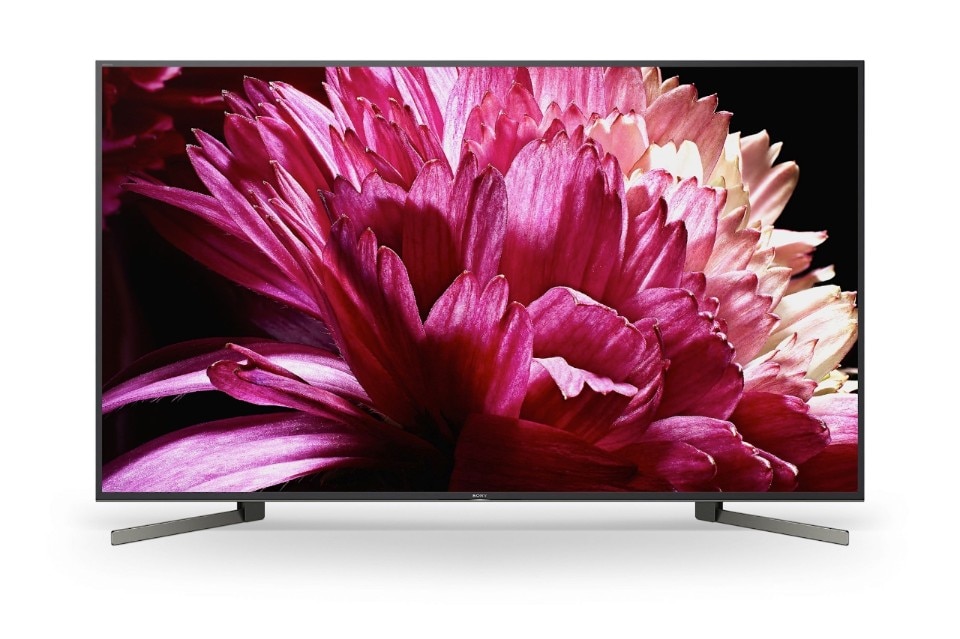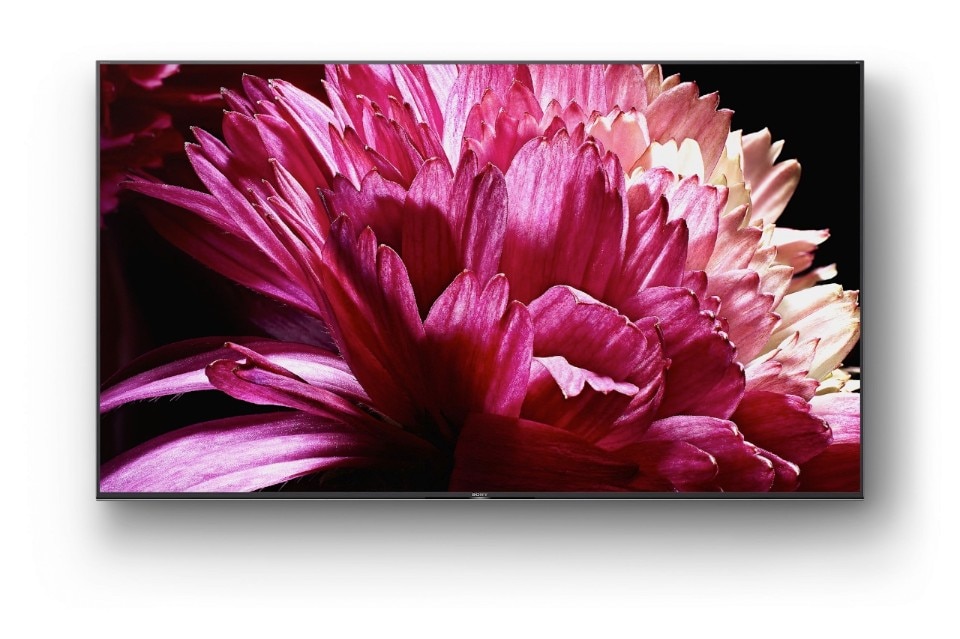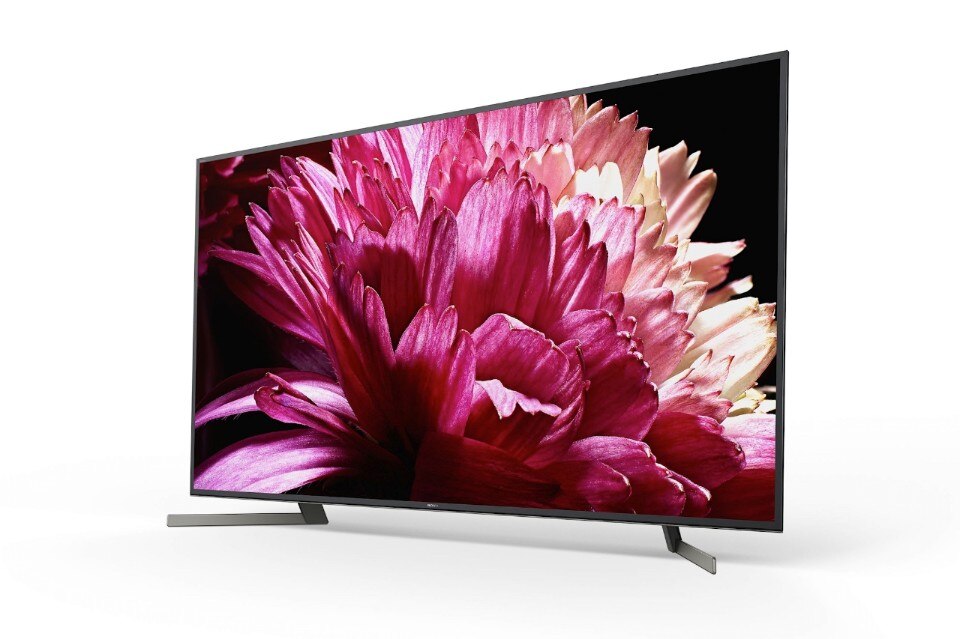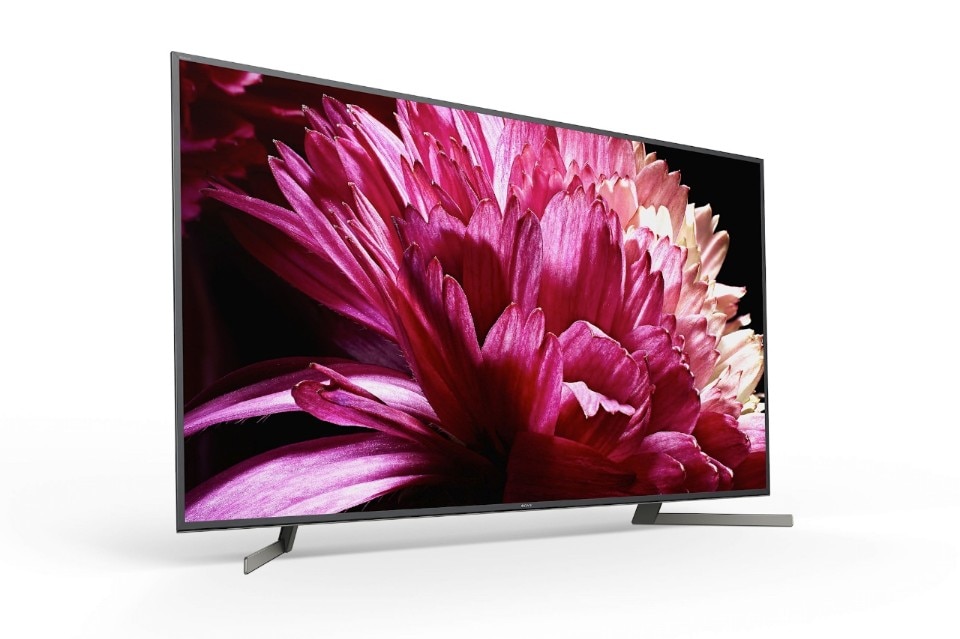Sony commissioned detailed research to demonstrate how its new XG95 TV is in many ways an answer to the new needs of television enjoyment. It is characterized by “an essential and clean design combined with the large size of the screen” ranging from 55 to 85 inches, with the Angle X-Wide system, “which maintains the quality of the image, regardless of the viewing angle and which can prove to be a central element when more people gather to watch TV” explain Stefano Mich and Alessandro de Pompeis, the creative duo of designers involved by the Japanese multinational in the promotion of this new product, which also has a mode specially calibrated for Netflix.
TV is the protagonist of the stay. How did it get there, in which years?
The first TVs arrived at the end of the '50s but only became more widespread in our homes in the following decade, thanks also to the enormous spread of popular broadcasts. At the end of the '60s, the TV conquered space in almost all our living rooms, becoming at the same time a new element of furniture and aggregation around which to organize the living area.
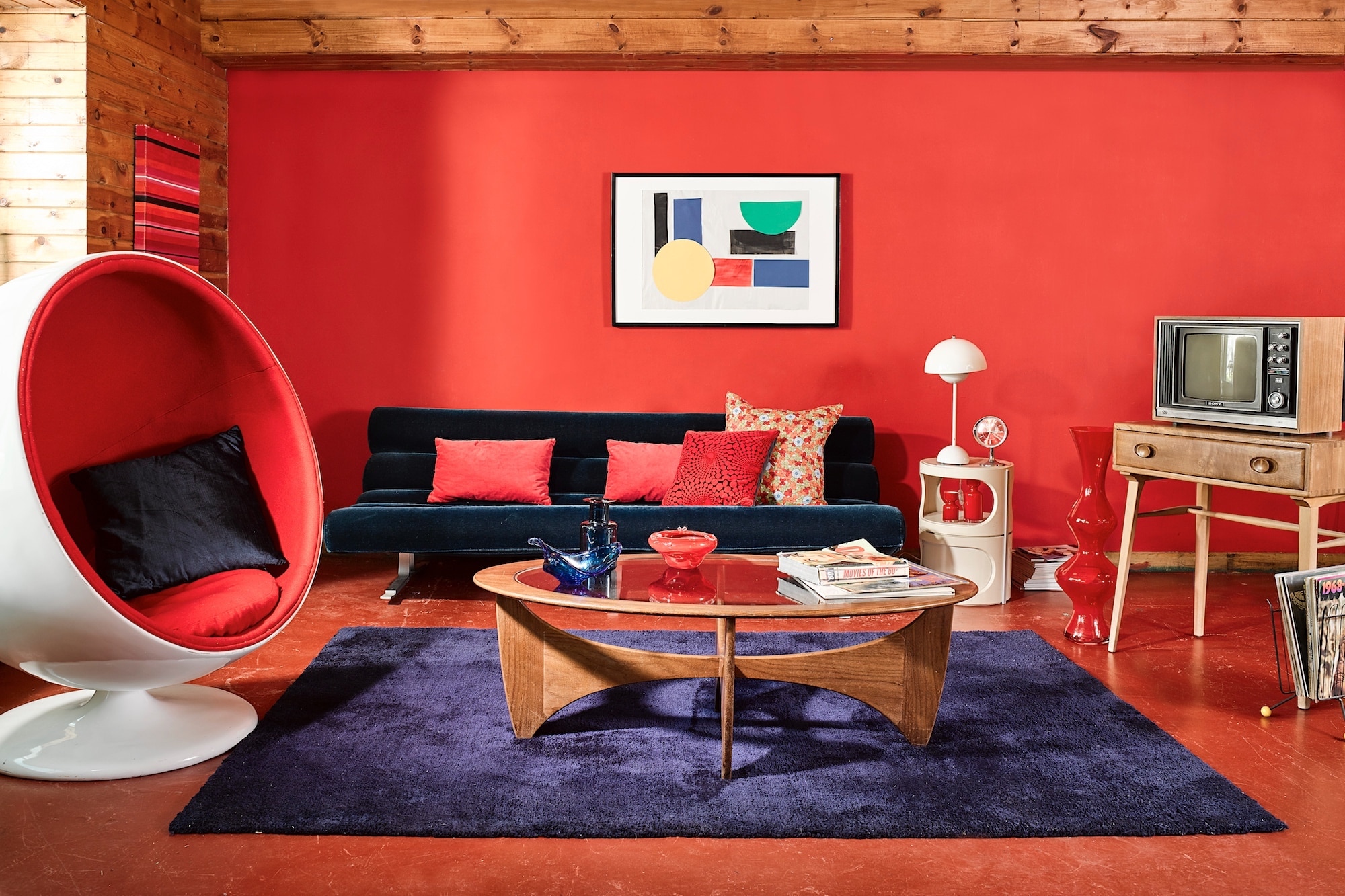
How has the role of the TV evolved?
Over the course of its more than sixty years of life, TV has undergone many changes, from being a bulky wooden box in the 1960s, an iconic object in the 1970s, a neutral element with a simple design (but still quite voluminous) in the 1980s and 1990s, to the arrival of flat screens that have recently become larger and larger, but increasingly flat, thus allowing for better integration with the rest of the elements that make up the living room. The different support technologies that have followed have also contributed to the transformation of the role of TV and the space dedicated to it. In the 80's, in fact, the arrival of VHS players required large storage elements for videotapes, which in the following decade will be replaced by less cumbersome DVDs. Today, all this is no longer there, or almost there. The new smart TVs are real wireless multimedia objects connected to the network. In the living room you can feel like at the cinema or at the stadium, you can play or video call a distant person, in short you can be connected to the world from your sofa and all this without the need for accessories. The large flat screen becomes the only real protagonist of the space.
Is there any model that you think has been a watershed in the history of furniture?
Apart from some iconic TV models designed in the 70s, which have become real cult objects still collected today, the real watershed was the advent of flat screen TVs that have transformed the bulky TV box into an object that can also be hung on the wall.
Will new technologies change the living room or will they simply slightly modify our interaction with it?
In fact, new technologies have already changed the living room over the last few decades and will continue to do so. If we think about how our living areas were in the 80s and 90s and compare them to those of today, we immediately realize the considerable difference, not only in terms of style and decor, but also in relation to the different functions and needs generated by the development of technologies and the different storage needs that followed. Today the TV can be very large even in relatively small spaces because the new living rooms, freed from the cumbersome elements of support for the old TVs and their accessories, become airy and multifunctional spaces in which you can perform various activities.
How do you imagine the living room of the future?
Like a flexible open space, free from voluminous elements, with an extremely personal mood in which different functions coexist without interfering with each other. A place in constant transformation where you can relax and socialize. A public and personal environment at the same time. Nature and technology will be the protagonists of our stays satisfying the needs of well-being, through the increasing introduction of greenery and real indoor gardens, with the need to be virtually connected to the world.
And the TV of the future?
We imagine it more and more interactive, connected through domotics and artificial intelligence to other technologies present in the house. The viewer will be less and less passive, creating personalized schedules according to their interests and needs. The use of TV we think will become more and more a "total experience" with new technologies that will be able to add to the sound and images also the scents and aromas.


